From Scarves to Socks: How to Transition Your Wardrobe for Allergy Season
When spring is in full bloom, it means warmer days and vibrant landscapes. But sadly for many of us, it also signals the unwelcome return of watery eyes, sneezing fits, and that persistent scratchy throat.
As we suffer through the peak of spring allergy season, adapting your wardrobe isn't just about embracing lighter fabrics and brighter colours it's about managing your health and comfort while still looking your best.
The Allergy-Fashion Connection You Didn't Know Existed
You might not realize it, but your clothing choices can significantly impact your allergy symptoms. Those cute cotton dresses or breathable linen shirts aren't just stylish they could be your best allies against pollen.
The science behind this is straightforward: different fabrics attract and hold allergens in varying degrees. Synthetic materials often generate static electricity that actively attracts pollen particles, while certain natural fibres provide better protection against microscopic irritants.
Timing Is Everything
Knowing when to transition your wardrobe is crucial. If you live in southern regions, allergy season might kick in as early as mid-February, while those in colder climates might get a reprieve until late March. Download a pollen tracker app and use it to plan your wardrobe strategy. When the app shows high tree pollen counts, it's time to implement your allergy-friendly clothing rotation.
Create a personalised transition timeline based on your specific triggers. If you're primarily sensitive to tree pollen, you'll want to adapt earlier than those affected mainly by grass pollen, which typically peaks later in the season.
Fabric Choices That Make a Difference
Your New Best Friends: Cotton, Silk, and Bamboo
When allergens are floating everywhere, the fabric touching your skin matters tremendously. Opt for:
● Cotton: Breathable, washable, and less likely to trap allergens
● Silk: Naturally hypoallergenic with a smooth surface that deters pollen adhesion
● Bamboo: Sustainable and gentle on sensitive skin
● Linen: Excellent breathability and minimal allergen retention when washed properly
Tightly woven versions of these fabrics create a more effective barrier against microscopic allergens. And if you have particularly sensitive skin or atopic dermatitis, consider seamless clothing options that eliminate potentially irritating seams and tags.
Fabrics to Approach with Caution
Certain materials can exacerbate allergy symptoms:
● Wool: Though natural, its fibers can trap pollen and irritate already sensitive skin
● Synthetic blends: Polyester, nylon, and acrylic can create static that attracts pollen particles
● Fluffy or pile fabrics: Velvet, chenille, and similar textures provide countless hiding spots for allergens
Essential Pieces for Your Allergy-Season Wardrobe
Protective Outerwear That Works
Invest in a dedicated washable jacket for high-pollen days. Choose styles with smooth surfaces where pollen is less likely to embed - think water-resistant materials over fuzzy fleece or wool. Don't forget hats! Keeping pollen out of your hair means less transfer to your pillowcase at night.
Consider these outerwear essentials:
● A lightweight, machine-washable rain jacket or windbreaker
● Wide-brimmed hats that shield your face and hair
● Sunglasses that protect your eyes from both UV rays and airborne allergens
● Breathable face masks for the worst pollen days
Smart Base Layers
Your undergarments matter too. Hypoallergenic options made from organic cotton can provide a comfortable barrier between your skin and outer clothes that may have picked up allergens throughout the day.
Don't overlook socks those made from bamboo or organic cotton without elastics or synthetic blends can make a significant difference if your feet tend to get itchy or irritated during allergy season.
A well-planned base layer system includes:
● Cotton tank tops or undershirts
● Breathable, natural fiber underwear
● Seamless bras or bralettes for sensitive skin
● Cotton-lined pockets in pants and jackets
The "Outside Clothes" Rule
This might be the single most important habit to develop: change your clothes immediately when you get home. Create a small changing area near your entrance where you can remove and contain "outside clothes" before they spread allergens throughout your living space.
Before bringing outside clothing into your home, give items a good shake outdoors to remove visible pollen. For heavier contamination, consider professional dry cleaning or washing in hot water with fragrance-free detergent.
Wardrobe Maintenance During Allergy Season

Daily Clothing Protocols
Establish these daily habits:
● Brush off outerwear before entering your home
● Change clothes in a designated area away from bedrooms
● Shower before bed to remove any pollen from skin and hair
● Store "clean" indoor-only clothes separately from outdoor wear
Cleaning Strategies
Proper laundering is essential for removing allergens:
● Wash clothes in hot water when the fabric allows
● Use fragrance-free, hypoallergenic detergents
● Consider adding an extra rinse cycle to remove all detergent residue
● Dry clothes in a dryer rather than hanging outdoors, where they can collect pollen
● Consider professional dry cleaning for difficult-to-wash items worn during high-pollen days
For items that can't be washed frequently, like certain coats or blazers, use a lint roller daily and store them in a closed closet.
Unique Wardrobe Insights for Specific Scenarios
Workplace Considerations
Creating an allergy-friendly professional wardrobe requires extra planning. Keep an emergency outfit at the office for days when pollen counts unexpectedly soar or when symptoms become overwhelming.
For important meetings during peak pollen season, arrive early to give yourself time to freshen up and ensure you look your best despite any allergy symptoms. Having your allergy or hay fever medication in your desk drawer alongside a clean scarf or light sweater can be a lifesaver when you suddenly start feeling that telltale itch or tickle in your throat mid-workday.
Professional wardrobe tips:
● Choose machine-washable blazers and jackets when possible
● Keep a lint roller at your desk for quick pollen removal
● Select breathable natural fabrics for business casual environments
● Consider allergy-friendly alternatives to wool suits, like cotton or bamboo blends
Exercise and Outdoor Activities
Don't let allergies keep you indoors. Instead:
● Wear a breathable face covering during outdoor workouts
● Choose tight-weave technical fabrics that block pollen
● Cover your hair with a hat or bandana
● Immediately change and shower after outdoor activities
● Wash workout clothes after every use, even if they don't seem dirty
For yoga or indoor fitness classes, bring a fresh change of clothes to avoid wearing pollen-covered workout wear home.
Nighttime Comfort Strategies
Your sleepwear deserves special attention. Wash your pyjamas frequently during allergy season and consider covering your hair at night if you weren't able to shower before bed. This simple habit prevents pollen transfer from hair to pillowcase, potentially improving your sleep quality significantly.
Enhance your sleep environment with:
● 100% cotton pyjamas washed in hypoallergenic detergent
● Silk or cotton hair coverings
● Allergy-proof pillow and mattress covers
● A small air purifier near your bed
● A dedicated pair of indoor-only slippers
Strategic Shopping Tips
When investing in allergy-season clothing:
● Feel fabrics before purchasing smoother textures generally trap less pollen
● Look for certified organic natural fibres when possible
● Prioritise machine-washable items
● Consider comfort and breathability over the latest trends
● Invest in quality pieces for items worn closest to your skin
Final Thoughts
Transitioning your wardrobe for allergy season doesn't mean sacrificing style for comfort. With thoughtful fabric choices, strategic layering, and diligent clothing maintenance, you can glide through the most challenging pollen days looking great and feeling better.
Remember that your clothing choices are just one part of a comprehensive allergy management strategy. Combined with appropriate medication, environmental controls, and good habits, these wardrobe adjustments can help you embrace spring rather than just endure it.




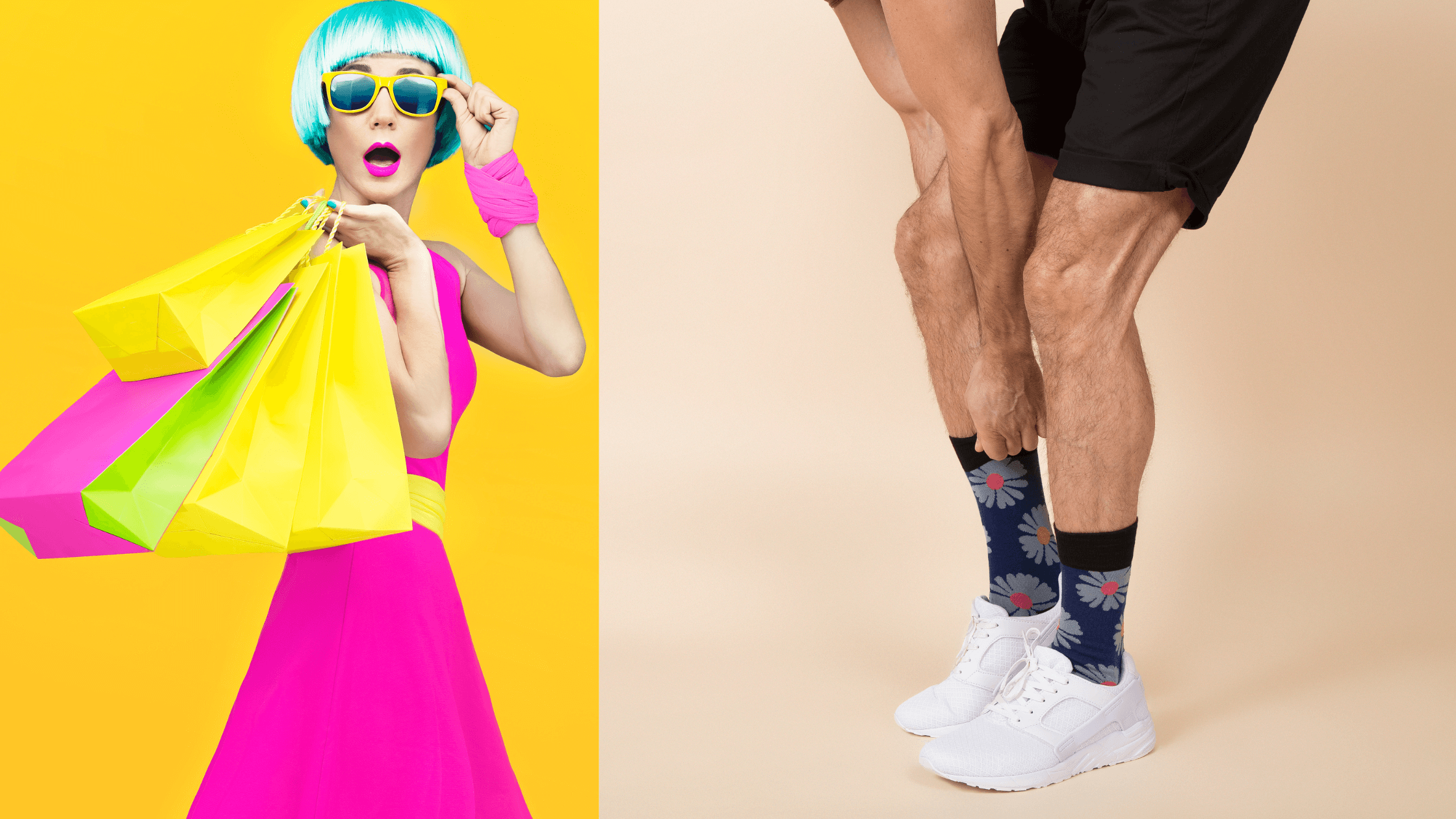
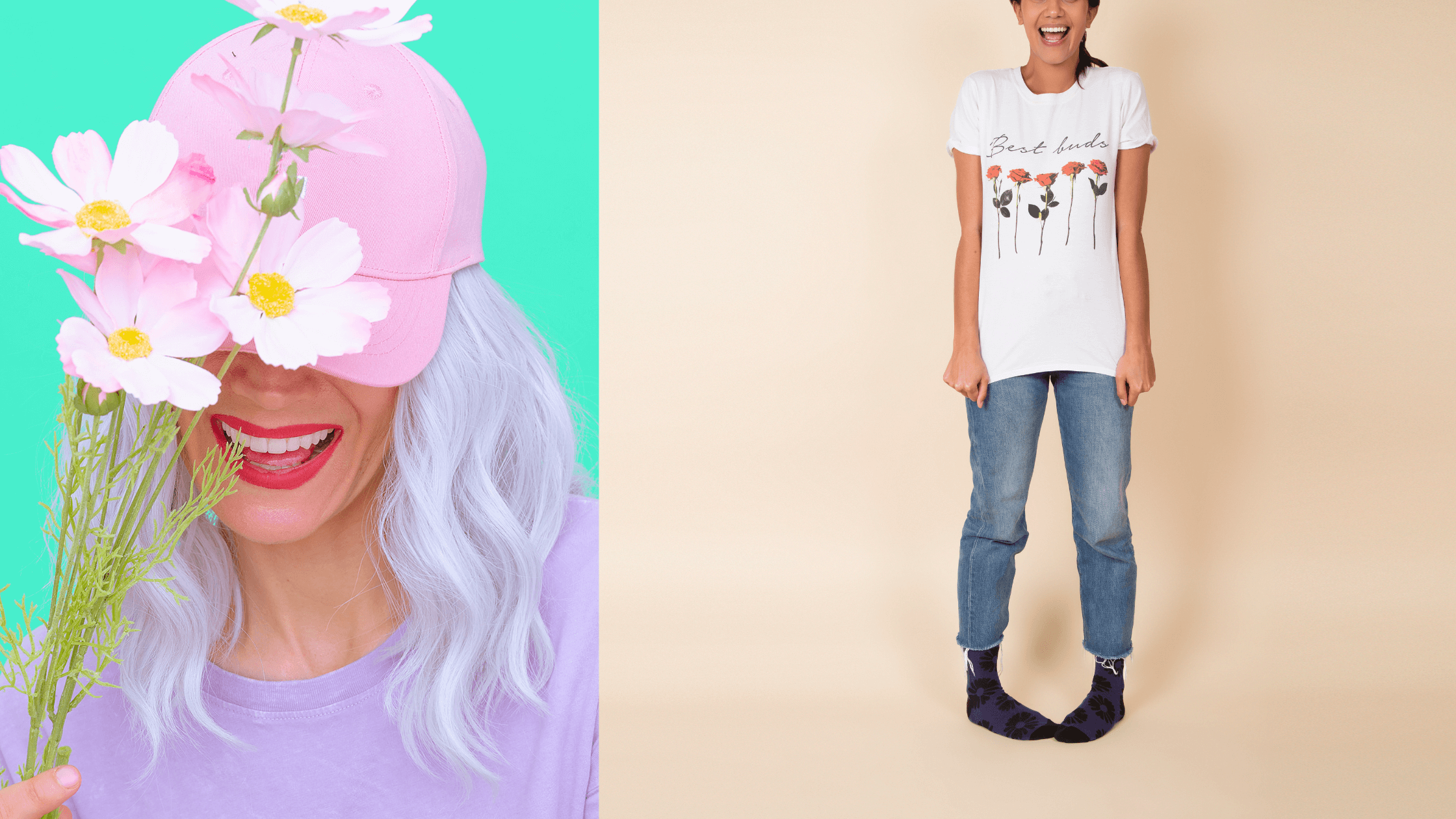


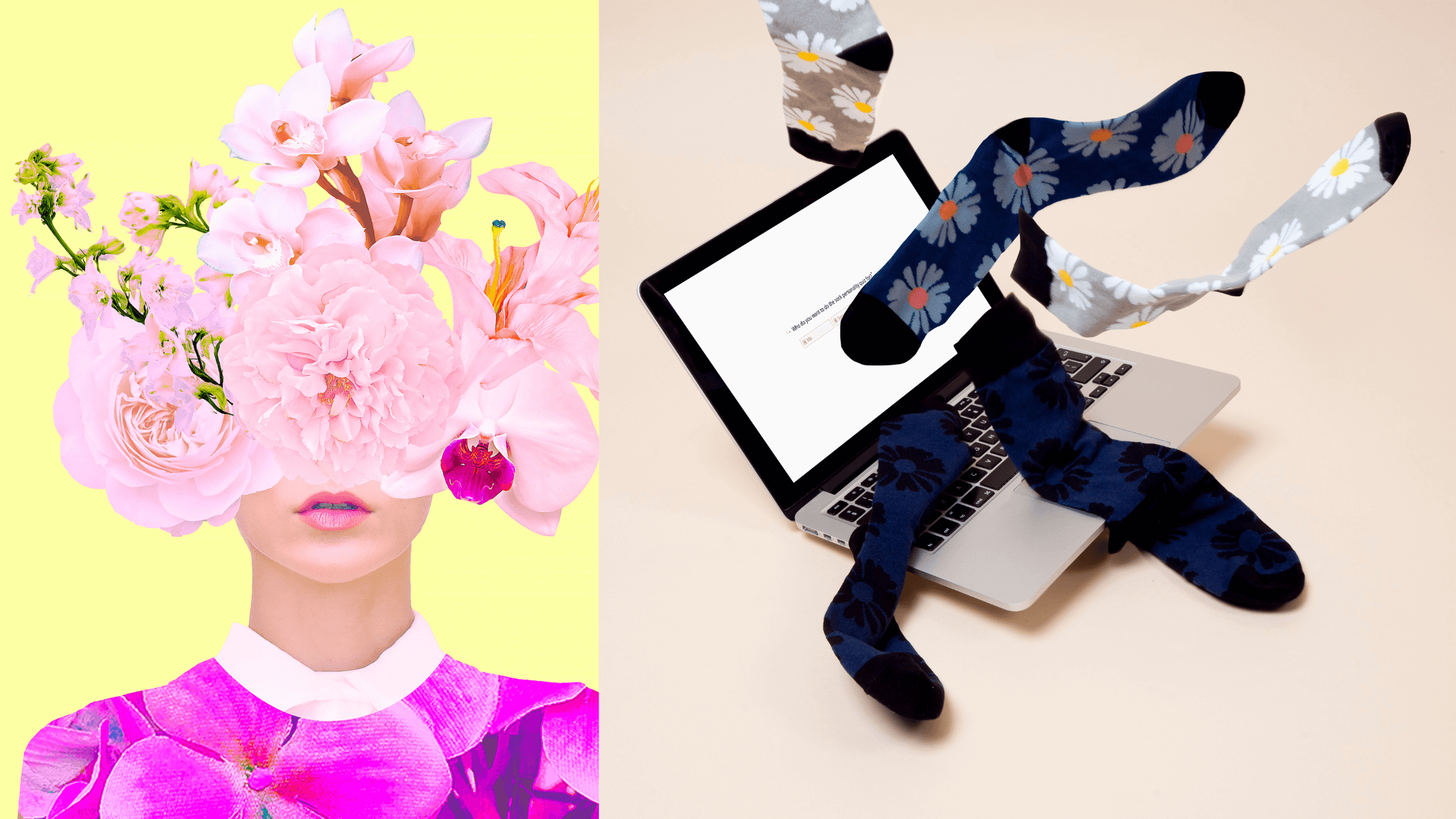




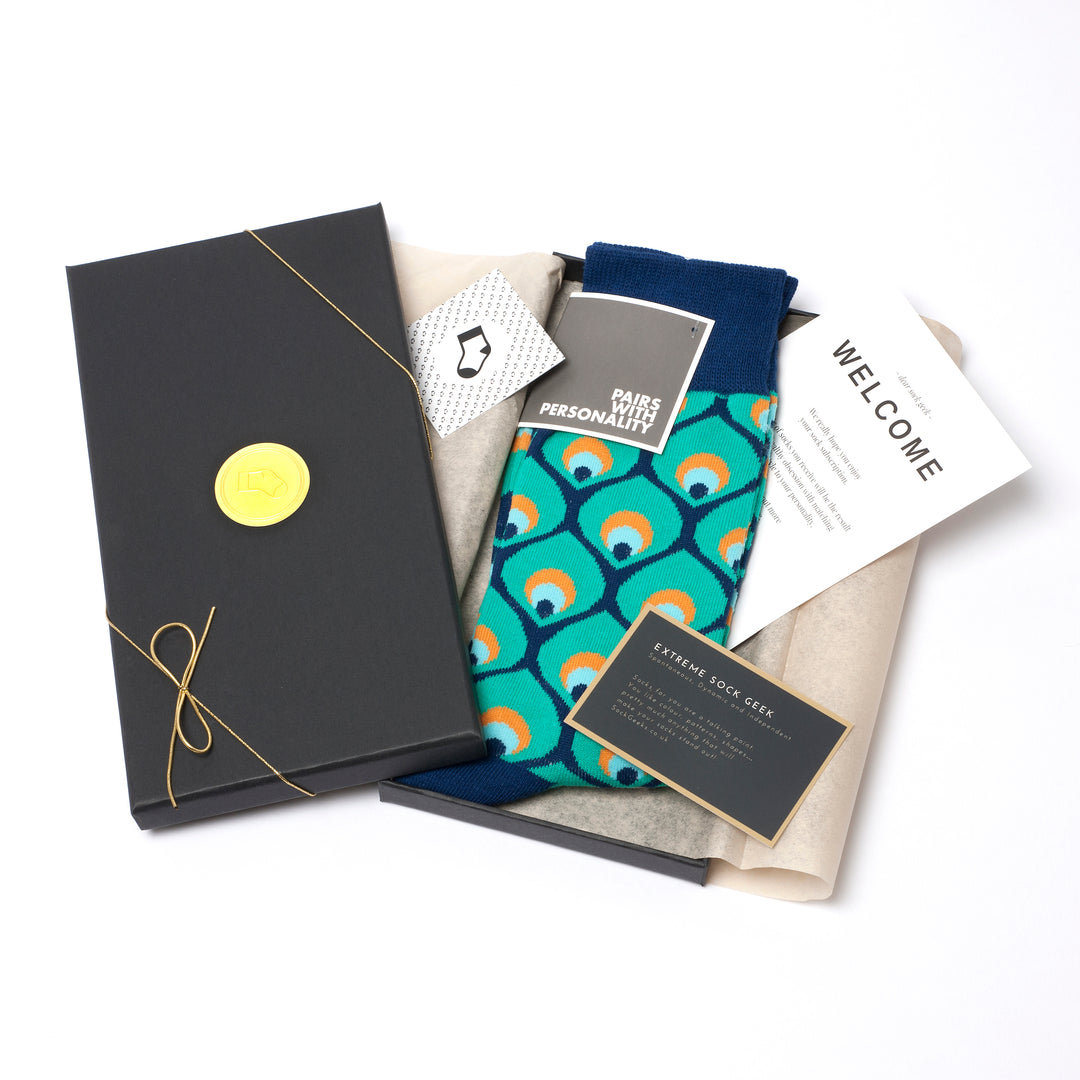

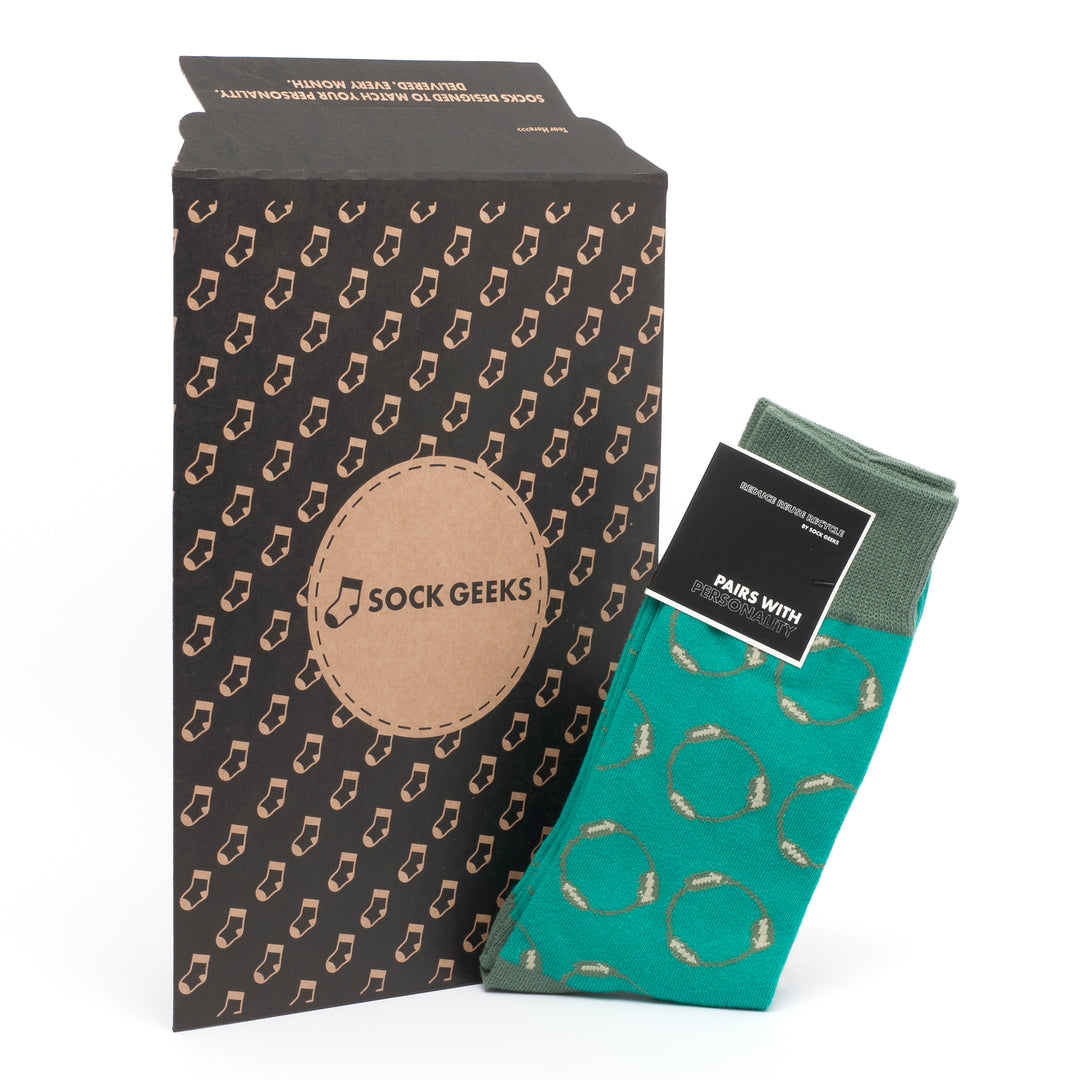




Leave a comment